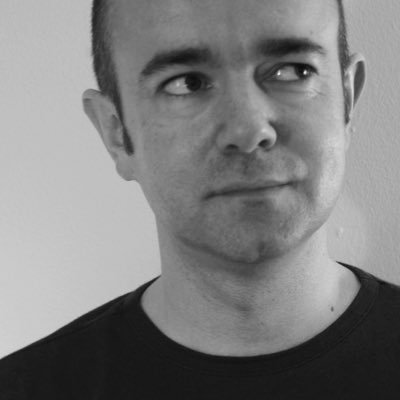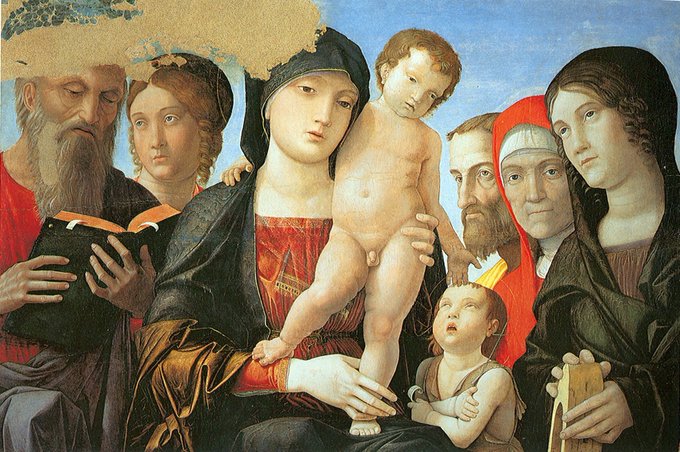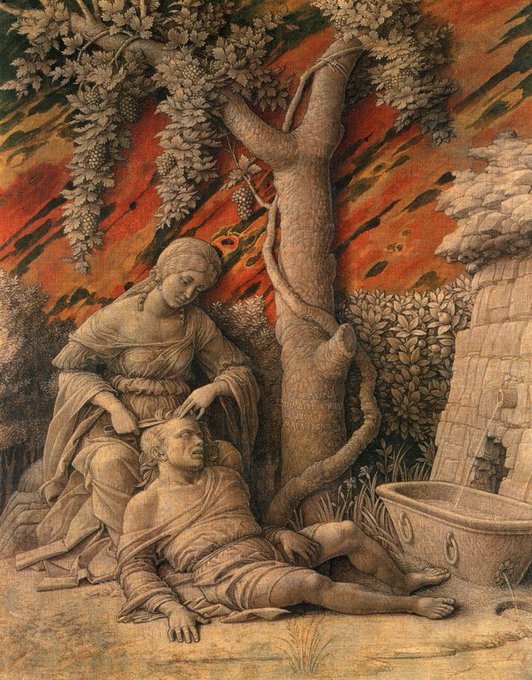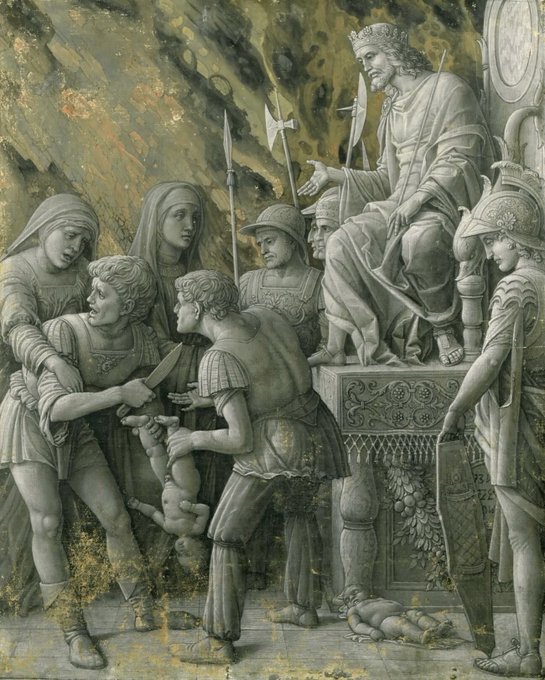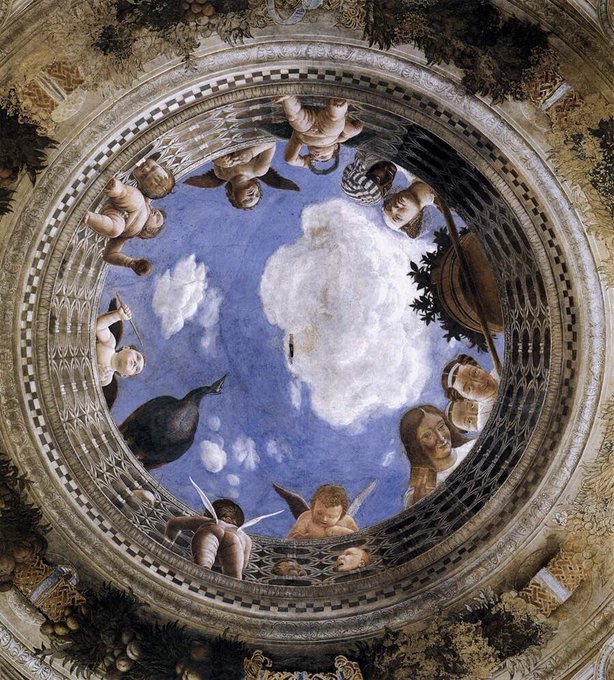Spain was invaded in 1808 & although he did produce work for the imposed court he sought to remain neutral. Lady with Fan (1806-7), Knife Grinder (1808-12), Maja & Celestina (1808-12) & The Colossus (1808)
Goya had a complete breakdown both physically & mentally. The Caprichos are a response to the violence of the times as well as the assault on his mind & body. Miserol (1804-6), Teresa Sureda (1804-6), Francisca Sabasa y Garcia (1804-8) & Doña Isabel de Porcel (c1805)
Illness struck the artist (1792-3) & left him deaf. It’s likely that the sense of isolation led to his dark & startling Caprichos (published in 1799). These were macabre images from his subconscious which continue to inhabit the viewer’s mind, once seen.
His portraits have a pungent awareness of psychology. Marqueza Pontejos (1786), The Snowstorm (1786-7), Self-Portrait (1790-5) & Dona Tadea Arias de Enríquez (1793-4)
From 1772 he created some 42 patterns for the Royal Tapestry Factory in the Rococo style. He also pursued etching at this time, a medium in which he still remains famous. These tapestry designs are relaxed & charming images.
Mantegna’s work fascinates due to his constant attempt to place biblical events within an archaeologically accurate context - representative of Renaissance learning. His Madonnas are, however, some of the most beautiful examples of Maternal love
The Triumphs of Caesar (1484-92) are 9 works by Mantegna which have been described as his masterpiece. They were painted for Mantua but acquired by Charles I of England in 1629. They have been badly degraded over time but are still an impressive reconstruction of a Roman Triumph
He continued to explore the subject of the Holy Family in intimate devotionary works as well as large altarpieces. The Holy Family (1495-1500) & Madonna of the Victory (1496). The latter shows Francesco Gonzaga adoring the Virgin. The Red Coral above Her symbolises the Passion
One great interest of his was grisaile paintings. They are designed to look like carved stone & reflect on his interest in antiquity. These include David & Goliath (1490-5), Samson & Goliath (c1500), Judith with Head of Holofernes (1495) & Judgement of Solomon (c1500)
In 1460 Mantegna was appointed Court artist by Ludovico III Gonzaga at his Ducal Court in Mantua. There he created frescoes in the Camera degli Sposi, Ducal Palace, Mantua (1465-74). These document the Duke & his Court. His oculus is one of the triumphs of the Renaissance
